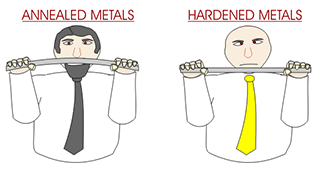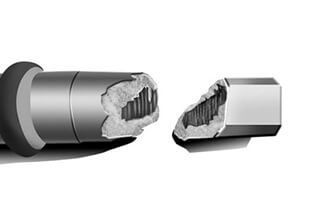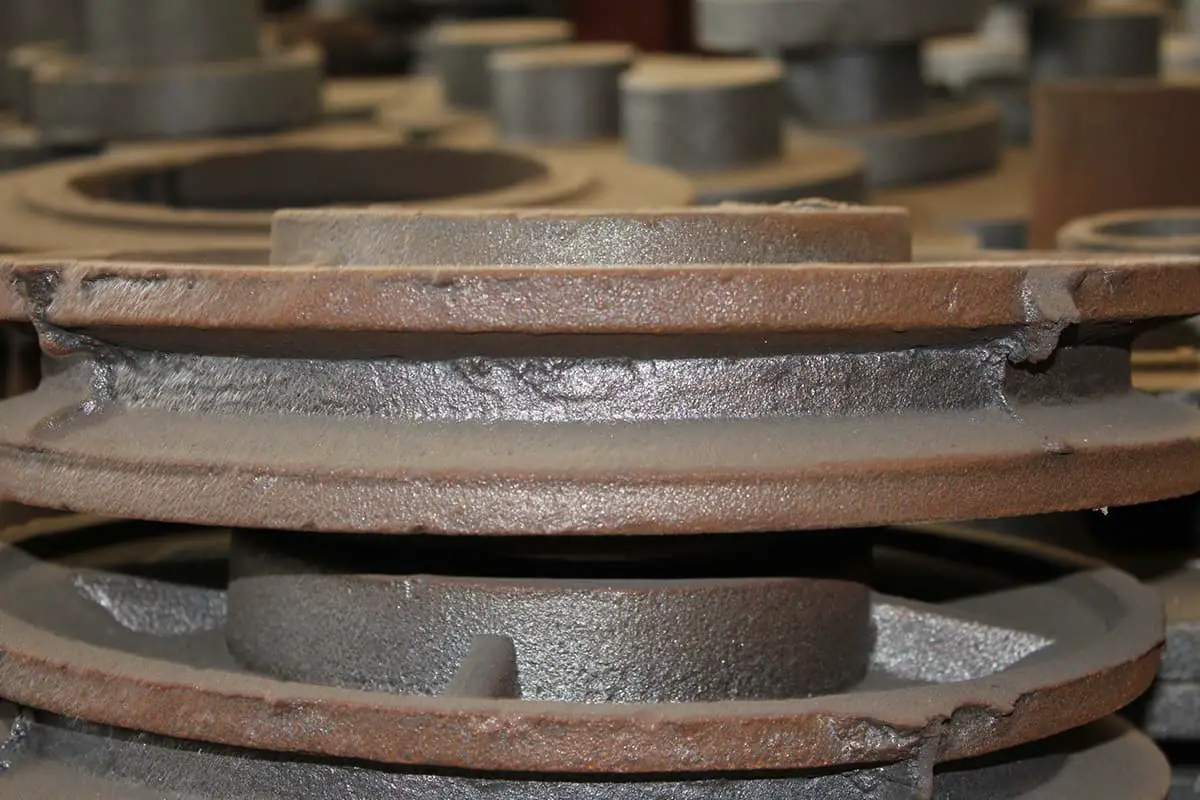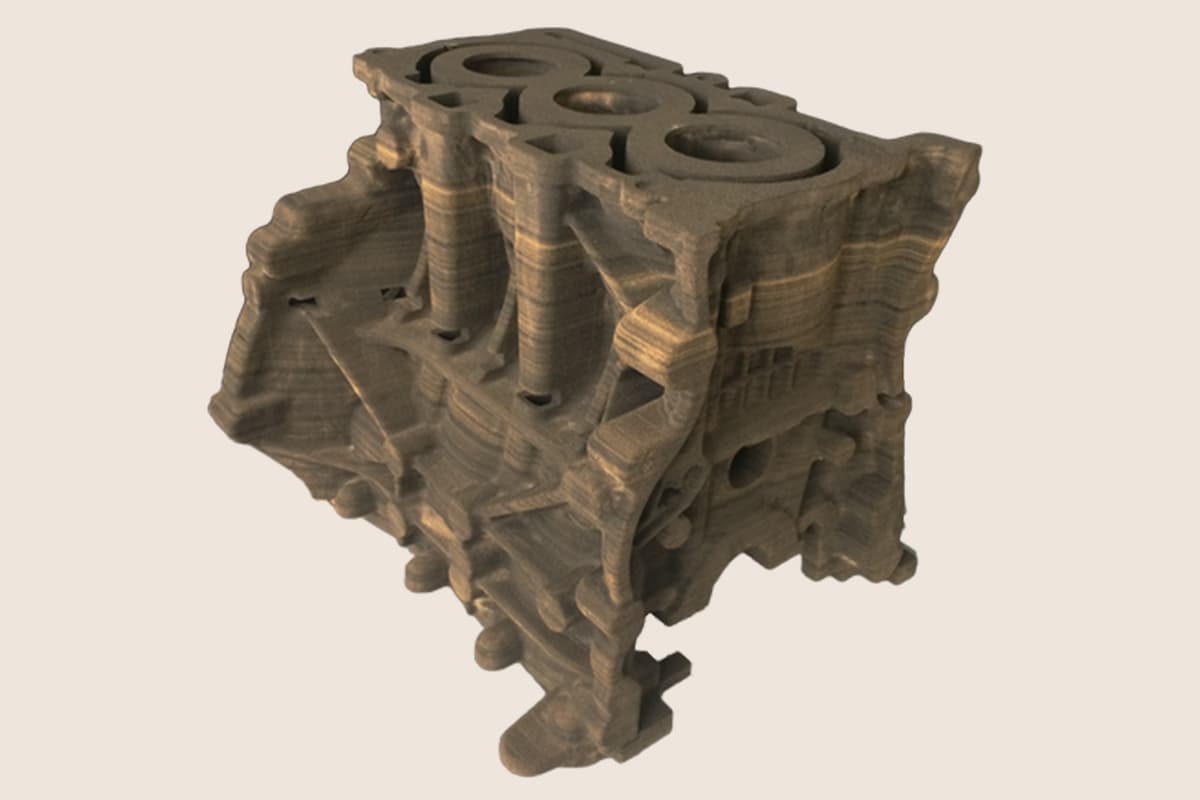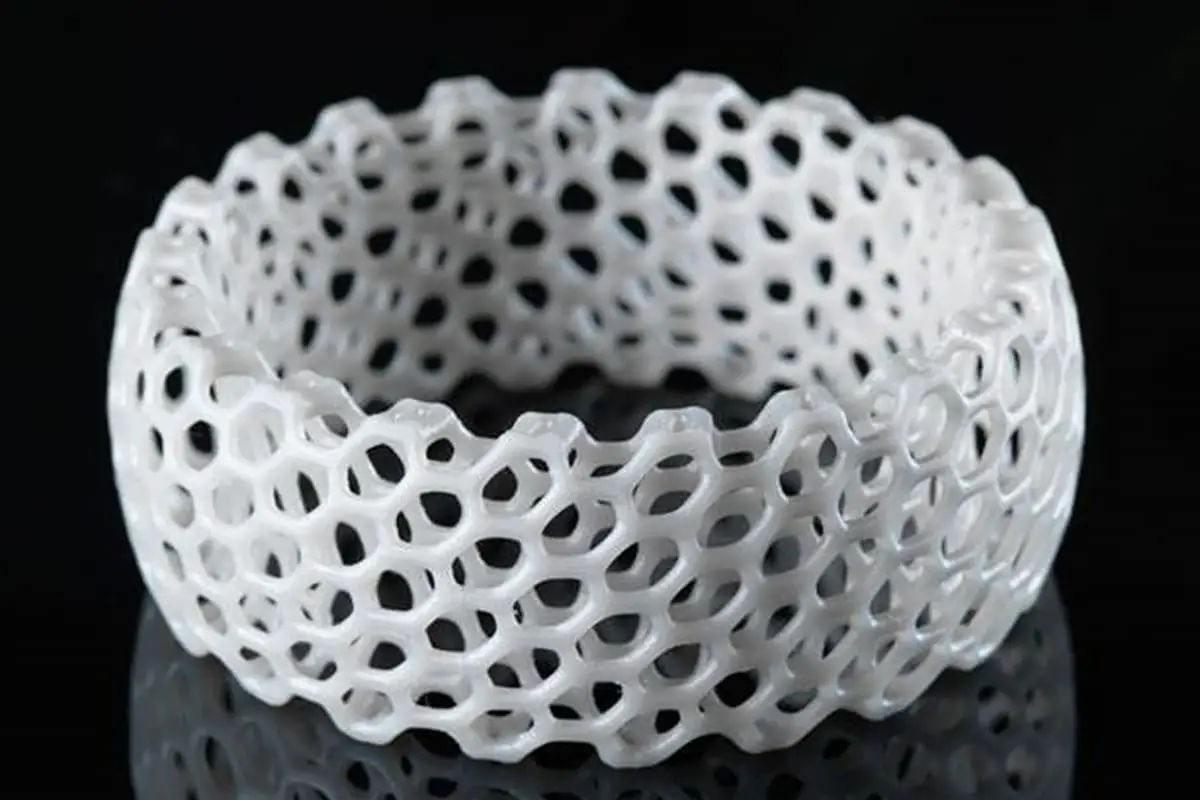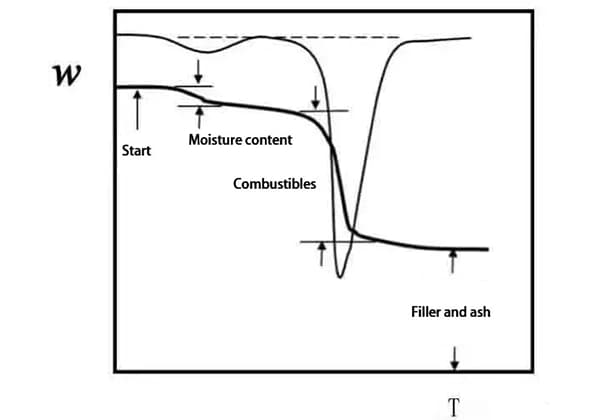
Have you ever wondered what materials make up the powerful engines that propel aircraft through the skies? In this blog post, we’ll explore the fascinating world of aircraft engine materials, from the high-strength alloys to the heat-resistant ceramics. Discover how these materials are carefully selected and engineered to withstand the extreme conditions of flight, ensuring the safety and reliability of modern aviation.
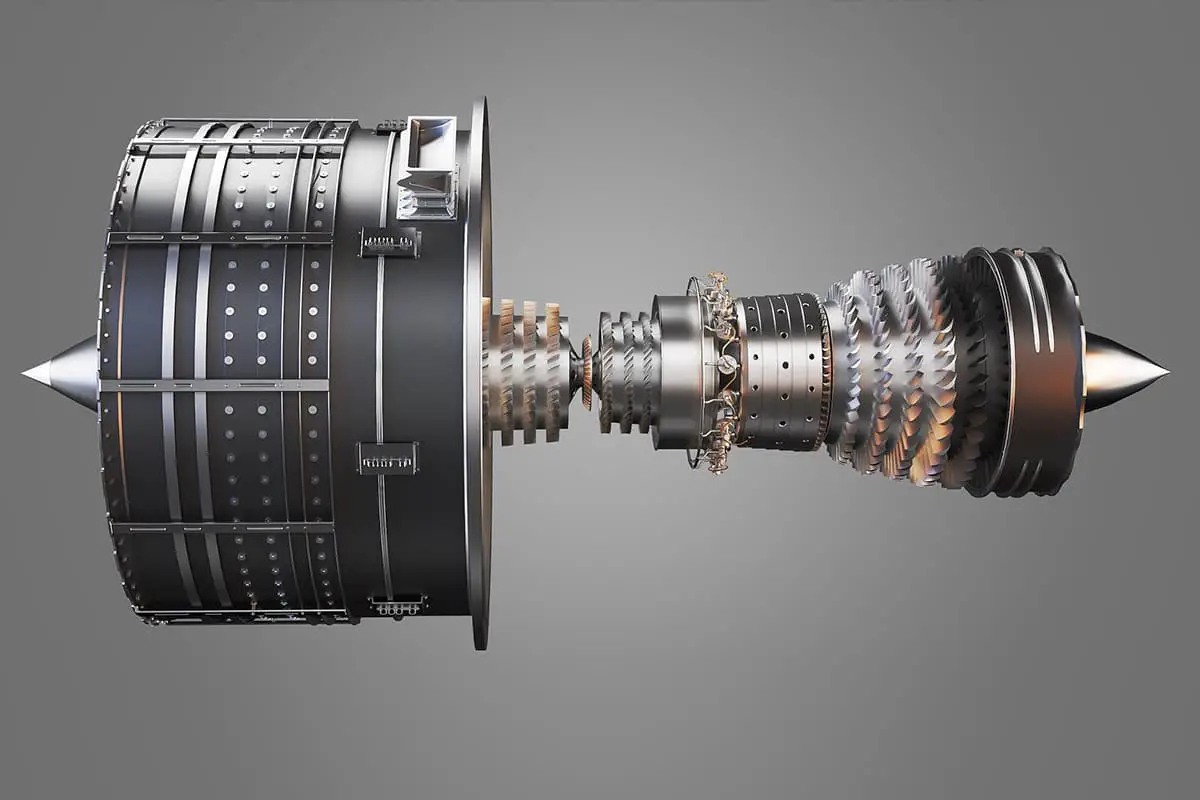
Aerospace manufacturing is the most concentrated field of high-tech in manufacturing, belonging to advanced manufacturing technology.
Notable products include the F119 engine developed by Hewlett-Packard in the United States, the F120 engine from General Electric, the M88-2 engine by France’s SNECMA company, and the EJ200 engine jointly developed by the United Kingdom, Germany, Italy, and Spain.
These represent the world’s most advanced high-performance aviation engines, and their commonality is the widespread use of new materials, new processes, and new technologies. Let’s take a look at these new materials used in high-performance aviation engines.

High-temperature alloys were developed to meet the stringent material requirements of jet engines and have become an irreplaceable class of key materials for both military and civilian gas turbine engine hot-end components.
Currently, in advanced aviation engines, high-temperature alloys account for over 50% of the material used.
The development of high-temperature alloys is closely related to the technological progress of aviation engines, especially the turbine disk and turbine blade materials and manufacturing processes for engine hot-end components, which are important indicators of engine development.
Due to the high demands placed on material high-temperature resistance and stress-bearing abilities, the United Kingdom initially developed the Ni3(Al, Ti) strengthened Nimonic80 alloy for use as turbine jet engine turbine blade material. It also sequentially developed the Nimonic series of alloys.
The United States developed aluminum and titanium-containing dispersion-strengthened nickel-based alloys, such as the Inconel, Mar-M, and Udmit alloy series developed by Pratt & Whitney, General Electric, and Special Metals Corporation, respectively.
During the development of high-temperature alloys, manufacturing processes played a significant role in propelling alloy development. With the emergence of vacuum melting technology, the removal of harmful impurities and gases from alloys, especially the precise control of alloy composition, has continuously improved the performance of high-temperature alloys.
Following this, the successful research into new processes such as directional solidification, single crystal growth, powder metallurgy, mechanical alloying, ceramic core types, ceramic filtering, isothermal forging, etc., have boosted the rapid development of high-temperature alloys.
Among these, the directional solidification technology stands out; alloys produced using this process – directional, single-crystal alloys – can be used at temperatures nearing 90% of their initial melting point.
As a result, the turbine blades of current advanced aviation engines from various countries are manufactured using directional, single-crystal alloys. Globally, equiaxed crystal, directionally solidified columnar crystal, and single-crystal alloy systems have been formed from nickel-based cast high-temperature alloys.
Powder high-temperature alloys have also developed from the first generation at 650°C to 750°C and 850°C powder turbine disks and dual-performance powder disks, which are used in advanced high-performance engines.
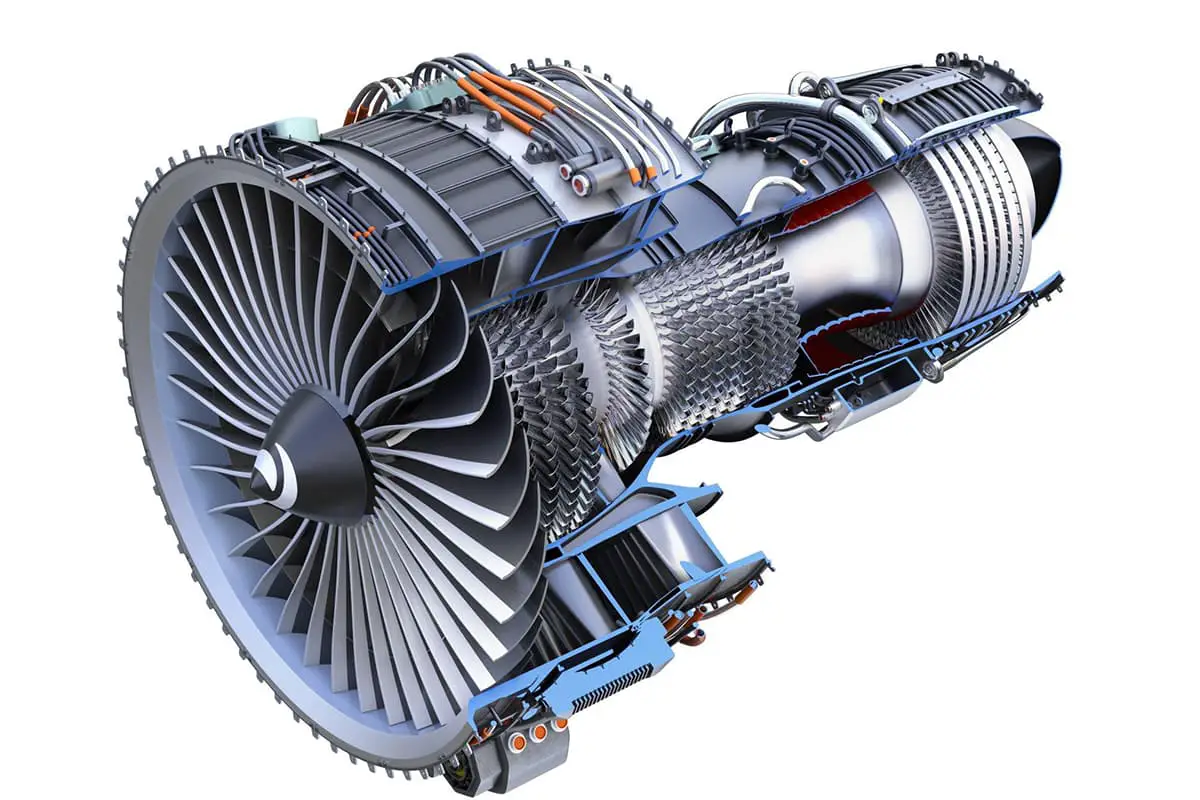
Ultra-high-strength steel is used as landing gear material in aircraft. The second generation aircraft used 30CrMnSiNi2A steel for its landing gear, with a tensile strength of 1700 MPa. However, the lifespan of this landing gear was relatively short, approximately 2000 flight hours.
For the third-generation fighter design, the landing gear is expected to have a lifespan exceeding 5000 flight hours. Due to an increase in onboard equipment and a decrease in the aircraft structure weight ratio, higher demands are placed on the selection and manufacturing technology of the landing gear.
Both American and Chinese third-generation fighters have adopted 300M steel (with a tensile strength of 1950 MPa) landing gear manufacturing technology.
It should be pointed out that the improvement in material application technology is also pushing the further extension of landing gear lifespan and broadening adaptability.
For instance, the landing gear of the Airbus A380 adopted ultra-large integral forging technology, new atmospheric heat treatment technology, and high-speed flame spraying technology, ensuring that the lifespan of the landing gear meets design requirements. Therefore, the progress of new materials and manufacturing technologies ensures the renewal and upgrading of aircraft.
The long-life design of aircraft in corrosive environments demands higher standards for materials. In comparison to 300M steel, AerMet100 steel provides an equivalent strength level, but exhibits superior general corrosion resistance and stress-corrosion resistance.
The accompanying landing gear manufacturing technology has been employed in advanced aircraft such as the F/A-18E/F, F-22, and F-35. The higher-strength Aermet310 steel, which has lower fracture toughness, is currently under investigation.
The ultra-high-strength AF1410 steel, known for its extremely slow crack propagation rate, is used in the B-1 aircraft’s wing actuator joint, achieving a 10.6% reduction in weight and a 60% improvement in machinability compared to Ti-6Al-4V, and a cost reduction of 30.3%. The high-strength stainless steel used in the Russian MiG-1.42 amounts to 30% of the total.
PH13-8Mo is the only high-strength martensitic precipitation-hardening stainless steel widely used for corrosion-resistant components.
Internationally, the development of ultra-high-strength gear (bearing) steel, such as CSS-42L and GearmetC69, has been tested in engines, helicopters, and aerospace.
The development of high-performance, high-thrust-weight ratio aero-engines has promoted the development and application of intermetallic compounds. Today, intermetallic compounds have evolved into a diverse family, typically composed of binary, ternary, or multi-element metal compounds.
Intermetallic compounds hold significant potential for high-temperature structural applications, offering high use temperatures, high specific strength, and thermal conductivity. Especially in high-temperature conditions, they possess excellent oxidation resistance, high corrosion resistance, and high creep strength.
Since intermetallic compounds represent a new material that bridges the gap between high-temperature alloys and ceramic materials, they have become one of the ideal materials for high-temperature components in aero-engines.
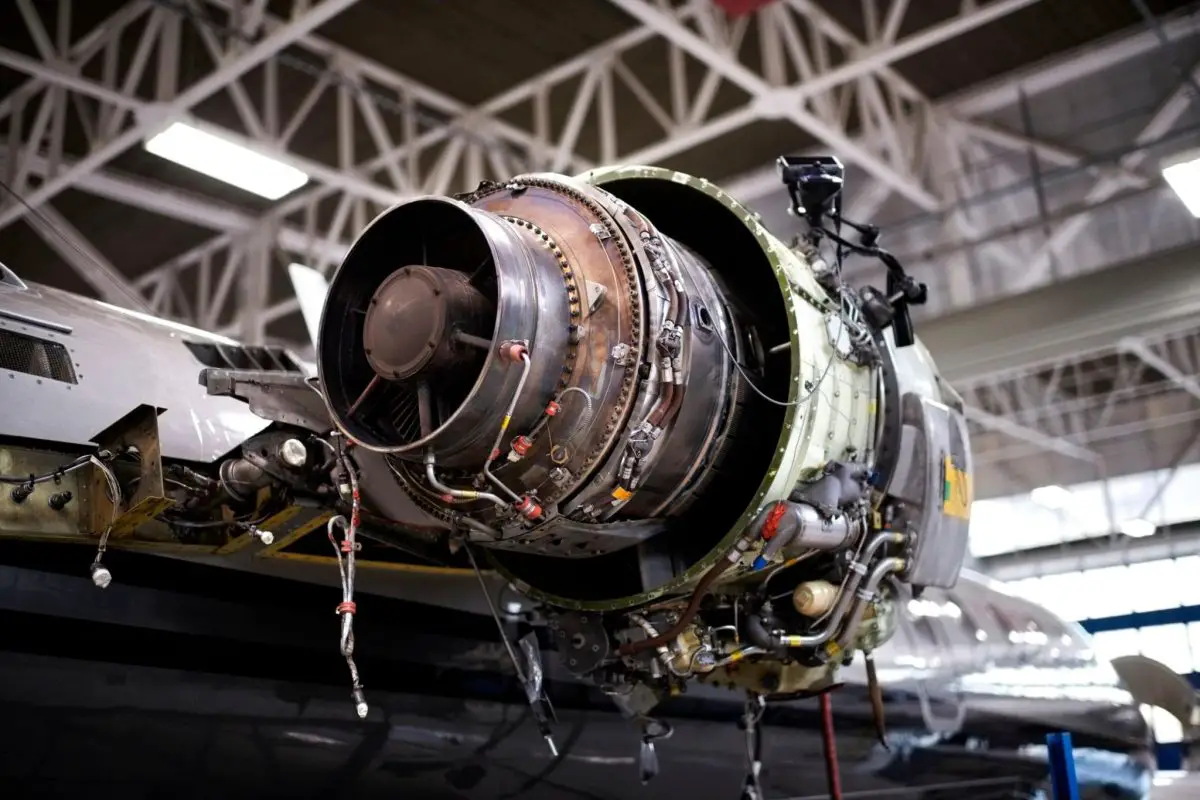
Currently within the structure of aero engines, the primary focus of research and development is on intermetallic compounds, with a particular emphasis on titanium aluminum and nickel aluminum. These titanium aluminum compounds share a similar density with titanium but have a significantly higher usage temperature.
For instance, their usage temperatures are 816℃ and 982℃ respectively. The strong interatomic bonds and complex crystal structures of intermetallic compounds result in difficult deformation, exhibiting hard and brittle characteristics at room temperature.
Following years of experimental research, a new alloy with high-temperature strength and room-temperature plasticity and toughness has been successfully developed and installed with great results. The high-performing F119 engine from the United States, for example, uses intermetallic compounds in its engine casing and turbine disk. The compressor blades and disk of the F120 test engine are made from a new titanium aluminum intermetallic compound.
When one thinks of ceramics, brittleness naturally comes to mind. A couple of decades ago, using it for load-bearing components in engineering was inconceivable. Even now, when we talk about ceramic composites, some people may not understand, assuming that ceramics and metals are fundamentally unrelated materials. However, the ingenious union of ceramics and metals has fundamentally changed our perception of this material, giving rise to ceramic matrix composites.
Ceramic matrix composites are a promising new structural material in the aerospace industry, particularly in the manufacturing of aero engines, where their unique attributes are increasingly evident. Besides being lightweight and hard, ceramic matrix composites also possess exceptional high-temperature resistance and corrosion resistance at elevated temperatures.
Currently, ceramic matrix composites have surpassed heat resistant metallic materials in withstanding high temperatures, demonstrating excellent mechanical properties and chemical stability, making them an ideal material for the high-temperature zones of high-performance turbine engines.
Currently, countries worldwide are focusing their research on silicon nitride and silicon carbide reinforced ceramics to meet the material requirements of the next generation of advanced engines, and they have made significant progress. Some have already begun incorporating these materials into modern aero engines.
For instance, the F120 test engine from the United States uses ceramic materials in its high-pressure turbine sealing devices and some high-temperature components of its combustion chamber. France’s M88-2 engine also uses ceramic matrix composites in its combustion chamber and nozzle.
Carbon/Carbon (C/C) composite materials, emerging as the most noteworthy high-temperature resistant materials in recent years, are currently the only materials considered suitable for use in turbine rotor blades, with a thrust-to-weight ratio exceeding 20 and engine inlet temperatures reaching 1930-2227°C.
These materials are a key focus area for the United States in the 21st century and a prime objective pursued by advanced industrial nations worldwide. C/C composite materials, or carbon fiber-reinforced carbon matrix composites, uniquely combine the refractory nature of carbon with the high strength and rigidity of carbon fibers, leading to non-brittle failure.
With their light weight, high strength, superior thermal stability, and excellent thermal conductivity, they are today’s most ideal high-temperature resistant materials. Notably, under high-temperature conditions ranging from 1000-1300°C, their strength does not diminish but rather increases. Even at temperatures below 1650°C, they maintain their room-temperature strength and form. Consequently, C/C composite materials have significant potential for development in the aerospace manufacturing industry.
The primary issue with the application of C/C composite materials in aviation engines is their poor oxidation resistance. However, in recent years, the United States has gradually resolved this problem through a series of process measures and progressively applied them to new engines.
For instance, the afterburner tailpipes of the F119 engine, the nozzles and combustion chamber ducts of the F100 engine, and certain parts of the F120 validation engine’s combustion chamber are now made with C/C composites. Similarly, the M88-2 and Mirage 2000 engines from France, including their afterburner fuel rods, heat shields, and ducts, also employ C/C composites.
Research on the application of resin-based composite materials in aviation turbofan engines began in the 1950s. After more than 60 years of development, companies such as GE, PW, RR, MTU, and SNECMA have invested significant efforts in the research and development of these materials, making substantial progress. They have successfully engineered these composites for active-duty aviation turbofan engines, and there is a trend towards further increasing their usage.
The service temperature of resin-based composite materials generally does not exceed 350°C. Thus, these materials are primarily used in the cold end of aviation engines. The main application areas of resin-based composite materials in advanced foreign aviation engines are illustrated below.
Fan Blade: The engine fan blade is a representative critical component of the turbofan engine, closely related to its performance. Compared to titanium alloy fan blades, resin-based composite fan blades have a very clear weight reduction advantage. Besides the distinct weight reduction, the impact on the fan case is smaller after the resin-based composite fan blade is hit, which is beneficial for enhancing the containment capability of the fan case.
Currently, the major representatives of commercially applied composite fan blades abroad include the GE90 series engines for B777, the GEnx engines for B787, and the LEAP-X engines for Chinese Commercial Aircraft Corporation’s C919.
In 1995, the GE90-94B engine equipped with resin-based composite fan blades officially entered commercial operation, signifying the formal engineering application of resin-based composites in modern high-performance aviation engines. Considering factors like aerodynamics and high and low cycle fatigue, GE has developed new composite fan blades for the subsequent GE90-115B engine.
Entering the 21st century, the strong demand for high-damage-tolerance composites in aviation engines has driven the further development of composite technology. However, it has become increasingly challenging to meet the high-damage-tolerance requirements by continually improving the toughness of carbon fiber/epoxy resin prepreg. In this context, 3D woven structure composite fan blades have emerged.
Fan Case: The fan case is the largest stationary part of an aviation engine. Its weight reduction will directly affect the engine’s thrust-to-weight ratio and efficiency. Therefore, foreign advanced aviation engine OEMs have always been committed to the weight reduction and structural optimization of the fan case. The development trend of fan cases in advanced foreign aviation engines is shown in the figure.
Fan Cowl: As it is not a primary load-bearing component, the fan cowl was one of the first parts on an aircraft engine to be made from composite materials. Utilizing these materials for fan cowls allows for lighter weight, a simplified anti-icing structure, superior corrosion resistance, and better fatigue resistance.
Currently, the resin-based composite materials are employed for the construction of fan cowls in the RB211 engines by Rolls-Royce, as well as the PW1000G and PW4000 engines by Pratt & Whitney.
Compared to the main body of aircraft engines, resin-based composites have a broader application in short engine cowlings, as shown in the figure. According to resources, foreign manufacturers have extensively employed resin-based composites in short cowling air intakes, fairings, thrust reversers, and noise reduction linings.
Resin-based composites are also applied to various degrees in other parts of the aircraft engine such as the fan flow guide vanes, bearing seals, and cover plates, as per resources.
Metal matrix composites, compared to resin-based composites, possess excellent toughness, are not moisture absorbent, and can withstand relatively high temperatures. The reinforcing fibers of metal matrix composites include metal fibers like stainless steel, tungsten, and intermetallic compounds of nickel and aluminum; ceramic fibers like alumina, silica, carbon, boron, and silicon carbide.
The matrix materials of metal matrix composites include aluminum, aluminum alloys, magnesium, titanium and titanium alloys, and heat-resistant alloys. Composites based on aluminum-magnesium alloys, titanium, and iron alloys are currently the main choices. For example, silicon carbide fiber-reinforced titanium alloy composites can be used to manufacture compressor blades.
Carbon fiber or alumina fiber-reinforced magnesium or magnesium alloy composites can be used to produce turbine fan blades. Nickel-chromium-aluminum-iridium fiber-reinforced nickel alloy composites can be used to manufacture seals for turbines and compressors.
Other parts like fan casings, rotors, and compressor disks have instances of being produced with metal matrix composites abroad. However, one of the biggest issues with these composites is that the reinforcing fibers and base metals tend to react and form brittle phases, deteriorating the material properties.
This is especially pronounced during long-term use at higher temperatures. Current solutions include applying an appropriate coating on the fiber surface based on different fibers and matrices, as well as alloying the metal matrix, to slow down the interface reaction and maintain the reliability of the composite materials.


